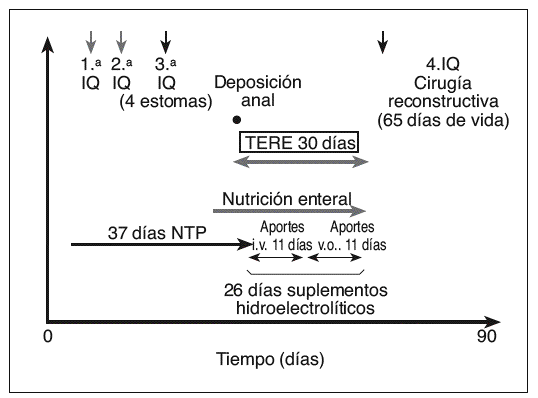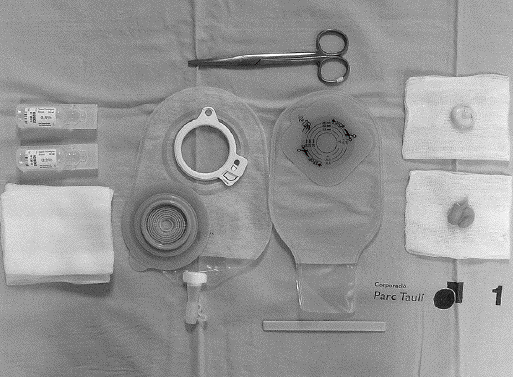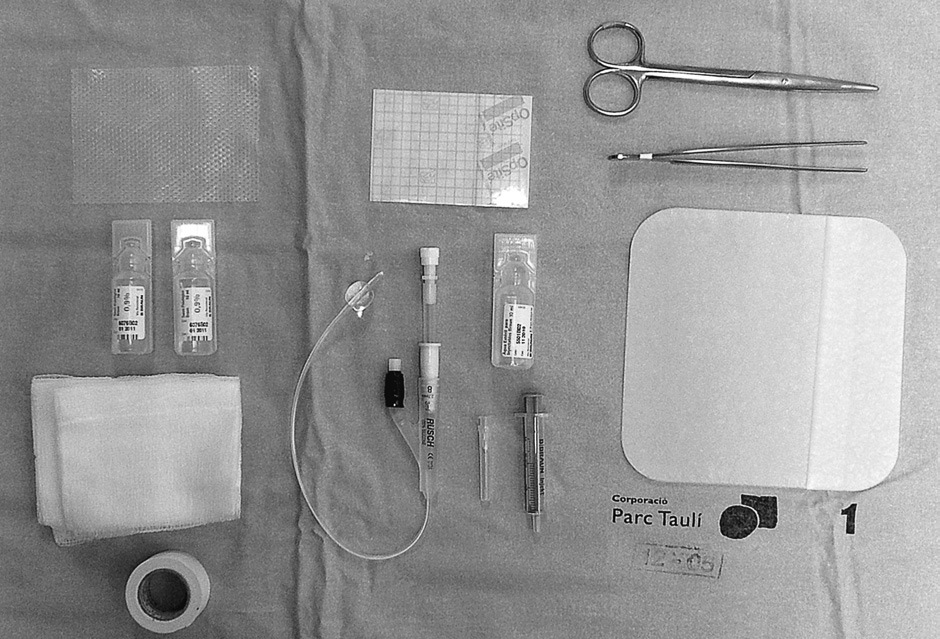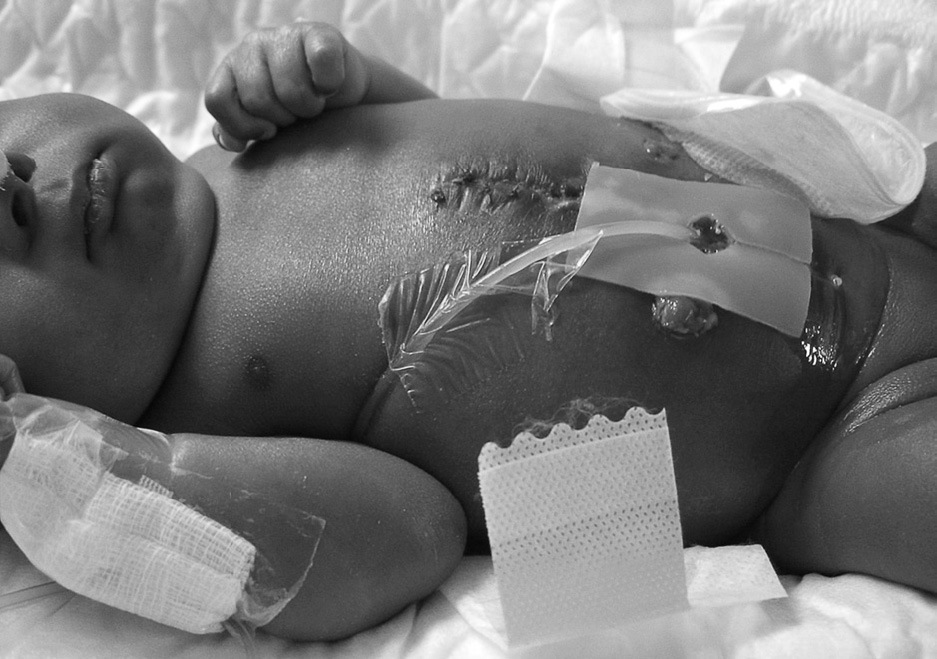Journal Information
Vol. 17. Issue 6.
Pages 326-330 (November 2007)
Vol. 17. Issue 6.
Pages 326-330 (November 2007)
Técnica extracorpórea de recirculación enteral en un prematuro con ileostomía proximal: a propósito de 1 caso
Continuous extracorporeal stool transport (CEST) in a preterm infant with proximal ileostomy: apropos of a case
Visits
10
This item has received
Article information
Statistics
Tables (2)
Fig. 1. Evolución del caso clínico. IQ: intervención quirúrgica; i.v.: intravenoso; NPT: nutrición parenteral total;TERE: técnica extracorpórea de recirculación enteral; v.o.: vía oral.
Show moreShow less
Los niños portadores de ileostomía pueden desarrollar el síndrome del intestino corto funcional (SICF), que se caracteriza por una malabsorción y la consecuente malnutrición. La técnica extracorpórea de recirculación enteral (TERE) consiste en recoger y transportar el efluente intestinal drenado desde el estoma proximal hasta la porción del intestino distal. Así se consigue mantener el tránsito intestinal con una digestión y absorción de mayor proximidad fisiológica, hasta llegar a la defecación. Se describe el caso de un neonato pretérmino intervenido quirúrgicamente de enterocolitis necrosante con resección de intestino delgado e implantación de 4 estomas. Se le aplicó la TERE, y se pudo reducir y retirar la nutrición parenteral precozmente, minimizando las complicaciones asociadas a su uso prolongado (el riesgo de infección y las alteraciones hepatobiliares) y manteniendo el intestino distal en condiciones óptimas hasta la cirugía reconstructiva. Nuestra experiencia demuestra que la TERE es una técnica poco compleja y con buenos resultados que permite restablecer una nutrición lo más fisiológica posible en neonatos con SICF.
Palabras clave:
Recirculación enteral
Prematuro/neonato
Síndrome del intestino corto funcional
Children with ileostomy can develop short bowel syndrome (SBS), characterized by malabsorption of nutrients and consequent malnutrition. Continuous extracorporeal stool transport (CEST) consists of collecting and transporting the intestinal effluent drained from the proximal stoma to the portion of the distal intestine. Thus, intestinal flux can be maintained, while digestion and absorption approximate real physiology until defecation. We describe the case of a preterm newborn who suffered from necrotizing enterocolitis and who underwent resection of the small intestine and implantation of four stomas. CEST was applied, allowing early reduction of total enteral nutrition and its subsequent withdrawal. This in turn allowed the reduction of those complications associated to the continous use of this therapy (risk of infection and hepatobiliary alterations) and permited keeping the distal intestine in optimal conditions until reconstructive surgery could be performed. Our experience demonstrates that CEST is a safe and relatively simple technique with good results that allows restoration of intestinal homeostasis in neonates with SBS.
Keywords:
Continuous extracorporeal stool transport
Preterm/newborn
Short bowel syndrome
These are the options to access the full texts of the publication Enfermería Clínica
Subscriber
Subscribe
Purchase
Contact
Phone for subscriptions and reporting of errors
From Monday to Friday from 9 a.m. to 6 p.m. (GMT + 1) except for the months of July and August which will be from 9 a.m. to 3 p.m.
Calls from Spain
932 415 960
Calls from outside Spain
+34 932 415 960
E-mail










